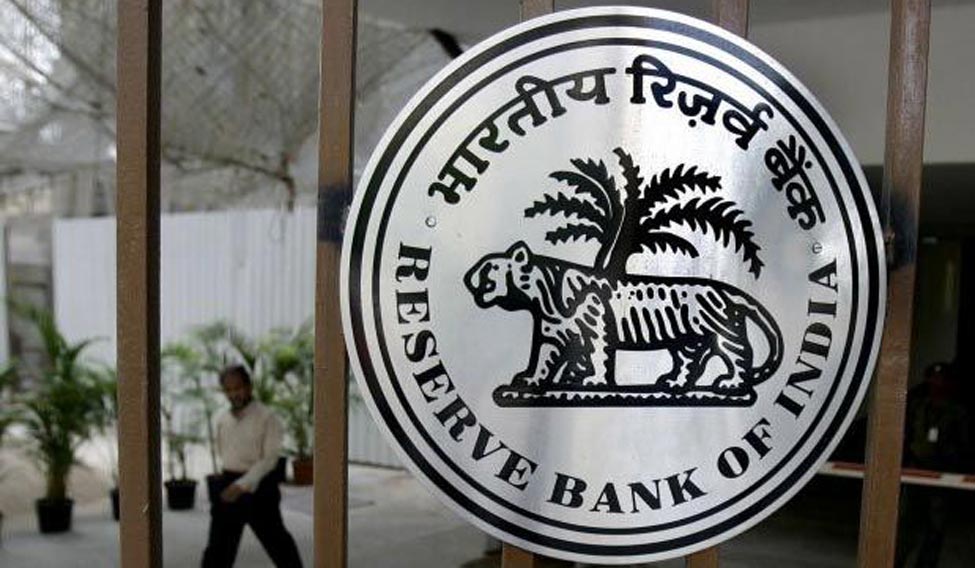Indian banks have seen a sharp rise in their stressed assets over the last three years, and the amount of non-performing assets (NPA) of Indian banks (particularly public sector banks) have increased to over Rs 7 lakh crore by the end of March, 2017.
In terms of ratios, gross NPA constitute over nine per cent of total banking advances and over 11 per cent of advances by public sector banks, indicating the worst asset quality numbers in over a decade. A large proportion of NPA has been generated from the corporate banking book and a few large accounts constitute majority of NPA.
While a large part of NPA addition has happened during the past three years, there has hardly been any progress in resolution of these NPA. The government has notified Insolvency and Bankruptcy Code, 2016 in December 2016 to enable banking system to take effective legal measures against the defaulters and pave the way for NPA resolution in a time bound manner. However, so far, not many cases have been filed under the code.
In order to expedite the resolution of NPA, the Government of India (GOI) notified the Banking Regulation (Amendment) Ordinance, 2017, on May 02, 2017, augmenting the powers of the Reserve Bank of India (RBI) to deal with stressed assets of banks by authorising RBI to issue directions to any bank to initiate insolvency resolution process in respect of a default under the Insolvency and Bankruptcy Code, 2016 (IBC) and empowering it to form committees/authorities with banks to advise banks on resolution of stressed assets. The IBC provides for resolution of debtors within a time of 180 days from the date of acceptance of application.
Subsequently, RBI came out with the outline of steps to proceed with the changes in the Banking Regulation Act on May 22, 2017 and formed an internal advisory committee (IAC) which held its first meeting on June 13, 2017 and decided to refer 12 accounts with exposures of over Rs 5,000 crore each, constituting 25 per cent of current gross NPAs of the banking system and would qualify for immediate reference under IBC. In accordance with the recommendations of the IAC, RBI will be issuing directions to banks to file for insolvency proceedings of these 12 accounts under the IBC.
Although RBI has so far not disclosed the names of the accounts being referred, the disclosures made by most of the banks in their FY17 results indicate that the major sectors contributing to NPA were iron and steel, infrastructure and textiles, and the identified accounts are speculated to be large defaulting borrowers in these sectors.
The RBI has been raising concerns over the deterioration of asset quality of banks and has been providing various mechanisms to banks to take action against the defaulting companies such as corporate debt restructuring, the 5/25 scheme, strategic debt restructuring (SDR), joint lender’s forum (JLF) and scheme for sustainable structuring of stressed assets (S4A). However, none of these schemes have met with any significant success in resolving the issue of stressed assets. Another reason for inaction by individual banks to resolve these accounts could be the fear of haircuts on their receivables which would further impact the profitability of the banks.
However, now with the RBI issuing specific instructions to the banks to initiate action against these 12 accounts, banks as well as the defaulting companies would be forced to take up the resolution immediately and in case the same is not resolved in a time bound manner, an official liquidator would be appointed by the NCLT and liquidation proceedings would be initiated against the company. Thus, the action taken by RBI is likely to pave the way for NPAs resolution in these large accounts in a time bound manner. Also, the willful defaulters, which could take shield of the lengthy legal proceedings, would be deterred to falter on their debt obligations.
(Revati Kasture is a senior director at CARE Ratings)





